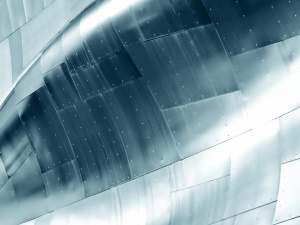Influence of Amorphous, Carbon‐Derived Wrinkled Surface Topologies on the Colonization of Pseudomonas aeruginosa Bacteria
Preview image: Henrik5000/iStockphoto
Abstract
Surface wrinkling is a natural phenomenon that has inspired an emerging technology in surface patterning. Here, it is demonstrated that thermal treatment planar thin films of amorphous graphite‐like carbon (G‐aC) coatings deposited on shape memory polystyrene could be used to prepare substratum surfaces with topologies ranging from smooth undulations to those with rough distortion features. A comparative analysis of the attachment propensity of Pseudomonas aeruginosa ATCC 9721 and alginate‐overproducing P. aeruginosa PW2390 bacterial cells, together with the associated production of extracellular polymeric substances (EPS), reveal that at least a 13‐fold increase in the cell attachment density could be achieved, reaching up to 1.3 × 105 and 1.8 × 105 cells mm−2 being attached to the surface for both bacterial strains on G‐aC wrinkled surfaces. The P. aeruginosa PW2390 cells attached to a greater extent than the P. aeruginosa ATCC 9721 cells (≈45%) and without any increased production of EPS material. It is suggested that the increased level of cell attachment is related to the associated substantial increase in available substratum surface area. The results of this study afford a useful insight toward the production of substrata using a straightforward, tunable, and low cost microfabrication approach.



